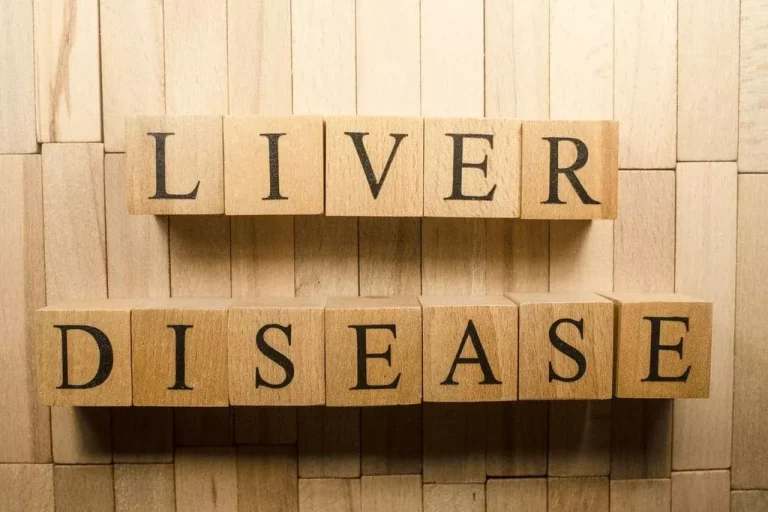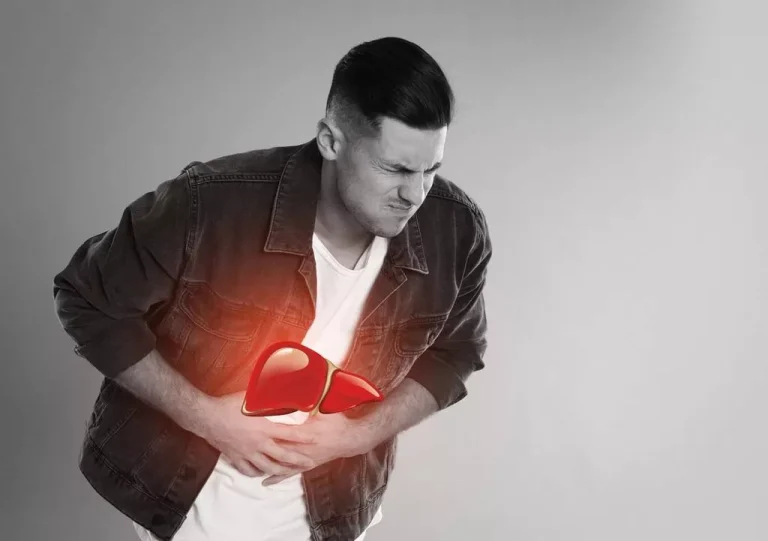Alcoholic liver disease: Fighting two battles

Alcoholic liver disease (ALD) is a collection of pathological abnormalities in the liver that develops over time due to persistent, toxic alcohol usage. Alcoholic fatty liver disease, which is linked to the onset of fatty liver in the early stages of the illness with regular use of large doses of ethanol, is another name for ALD. The build-up of fat in the liver cells is a symptom of this disease.
How does the liver react to alcohol?
Alcohol causes hepatocytes (liver cells) to undergo processes that result in the loss of cell membranes, create compounds that kill liver cells, and obstruct the liver’s regeneration mechanisms. When the liver is subjected to hazardous levels of alcohol over an extended period, thick adipose tissue develops instead of dead cells. It doesn’t carry out the wide range of tasks distinctive of liver cells responsible for fundamental bodily activities.
Additionally, a swollen spleen and elevated portal vein pressure (portal hypertension) are caused by thick adipose tissue interfering with average internal circulation. Internal bleeding caused by dilated stomach and esophageal veins is the actual danger to life.

Take back control of your life and start on the road to recovery now.
What is alcoholic liver disease?
A condition known as alcoholic liver disease is brought on by long-term (greater than 10–12 years) alcohol use, which directly damages the liver. How much alcohol causes liver damage? More than 40–80g of pure ethanol per day for males and more than 20g per day for women are the typical daily dosages that cause the condition to develop. Approximately 0.79 g of ethanol is present in 1 ml of alcohol.
Alcoholic hepatitis, alcoholic cirrhosis, and fatty liver disease are all signs of alcoholic liver disease. Steatosis (which occurs in 90–100% of cases) is the earliest and most treatable stage of liver damage from alcohol. Alcohol-related liver disease is diagnosed using the anamnestic, clinical, lab, and technical techniques. The following indicators are essential: “alcohol stigmas” revealed during an objective study, the presence of lesions of other organs and systems (peripheral polyneuropathy, encephalopathy, myocardial dystrophy, chronic pancreatitis, nephropathy), and others.
Reasons for the development of ALD
Alcohol directly damages the liver. Its metabolism comprises many liver enzyme systems that turn ethanol into acetaldehyde, which is then turned into acetate by the enzyme acetaldehyde dehydrogenase. Acetaldehyde’s high concentration in the liver contributes to a large portion of the toxic effects of ethanol, including increased lipid peroxidation, the formation of stable protein complexes, and impaired function of liver cell structures. It is the primary factor in the development of ALD. Alcoholic liver disease development and progression risk factors include:
- ingesting 40–80 g of ethanol per day for 10–12 years;
- hepatotropic virus infection;
- overweight;
- genetic characteristics of enzymes influence the high rate of ethanol metabolism and the build-up of acetaldehyde.
Early detection and treatment of alcoholic liver disease can stop its progression and restore the organ’s functionality. Treatment for illnesses that advance to later stages focuses on symptom relief and delaying the onset of new alcoholic liver disease symptoms.

Diagnostics
The suspicion of alcohol as the pathology’s source is one of the main components in making an ALD diagnosis and identifying signs of alcoholic liver disease. Patients may not usually like to acknowledge that they misuse alcohol, which makes sense. Even technical questions have been created to assist in subtly elucidating the patient’s involvement with alcoholism. Additionally, laboratory findings support the diagnosis. Out of all the instrumental tests, ultrasonography diagnostics continues to provide the highest screening value for the diagnosis of liver pathology. A thorough ultrasound of the abdominal organs, including the liver and gallbladder, helps rule out obstructive jaundice. It allows for the detection of steatosis (also known as alcoholic fatty liver disease), characterized by a uniform increase in the organ’s size, increased echogenicity, diffuse heterogeneity, and rounded organ edges. Additionally, liver elastography is employed, allowing you to evaluate the degree and existence of fibrotic changes.
Complications
The alcoholic liver disease leads to complications such as:
- hepatic encephalopathy;
- bleeding in the gastrointestinal tract;
- kidney failure.
A tragic outcome is always conceivable if complications are not promptly resolved because they always have significant repercussions. You must adhere to some basic preventive measures to avoid them.
Treatment
According to current scientific thinking, the only thing that can extend life in ALD is avoiding alcohol. There isn’t a miracle cure that will let you keep drinking without suffering the repercussions. Different approaches to the treatment of alcoholic liver disease are possible:
- reducing alcohol consumption;
- correction of metabolic abnormalities;
- medication therapy and detoxification during an alcoholic hepatitis attack;
- liver transplantation during the last stages of the illness.
Taking any medicine serves as a support measure for giving off alcohol. However, there are resources available whose use is intended to assist the patient in their battle against this condition. For instance, essential phospholipids aid in normalizing the metabolism of fats and carbohydrates in ALD and shielding liver cells from the harmful effects of free radicals. A possibility of recovery is provided by prompt treatment and abstinence from alcohol misuse.

This can be a difficult journey, but you don’t have to go it alone. Let us be your guide and provide you the environment needed to regain control of your life and begin the path to recovery.
Eco Sober Houses — the best help on the path to recovery
At Eco Sober Houses, individuals grappling with alcoholism are embraced within a nurturing community dedicated to transformative healing. Our approach is holistic, emphasizing not only physical recovery but also emotional support and personal growth. In this environment, clients find a safe space to rebuild their lives, fostering a sense of belonging and resilience against the challenges of addiction.
The objective at Eco Sober Houses is to enable each client to harness the power of community support, catalyzing personal development and cultivating a route to enduring recovery. For those in search of a new chapter, Eco Sober Houses provide a unique combination of guidance, acceptance, and a conducive setting for positive transformation. This is a place where change is not just envisioned, but actively pursued and achieved.




